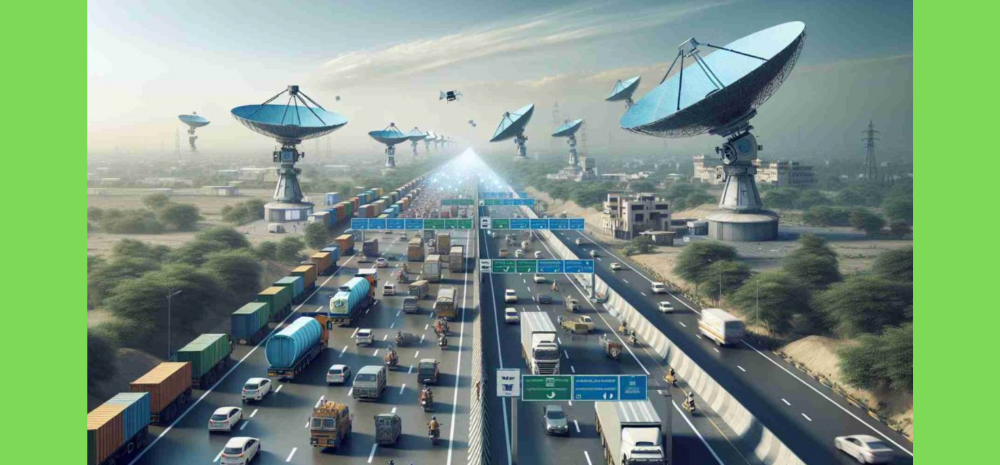The National Highways Authority of India (NHAI) is advancing towards the implementation of a satellite-based toll collection system. This innovative approach aims to enhance the tolling experience for highway users by providing a seamless and barrier-free journey. Here, we delve into the specifics of this development and its implications for Indian highways.

Global Expression of Interest (EOI) Invited
To spearhead this initiative, the Indian Highways Management Company Limited (IHMCL), promoted by NHAI, has invited a Global Expression of Interest (EOI) from qualified companies. This call for collaboration is to develop and implement a GNSS-based Electronic Toll Collection (ETC) system in India. The goal is to integrate advanced technology to streamline toll collection processes and reduce congestion at toll plazas.
Hybrid Model for Transition
NHAI plans to implement the GNSS-based ETC system within the existing FASTag ecosystem, initially using a hybrid model. This approach will see both RFID-based ETC and GNSS-based ETC operating simultaneously. Dedicated GNSS lanes will be available at toll plazas, allowing vehicles equipped with the GNSS-based ETC to pass through freely. As the GNSS-based system becomes more widespread, all lanes will eventually be converted to GNSS lanes, phasing out the need for traditional toll booths.
How the GNSS-Based System Works
The GNSS-based ETC system leverages GPS technology to collect toll payments. Motorists will pay toll charges based on the exact distance they travel on the highways. The system involves satellite-based GPS imaging on vehicles, with toll payments deducted directly from the motorist’s bank account. This process is facilitated by the identification of the vehicle number plate, which is recognized through Automatic Number Plate Reader (ANPR) cameras installed on the highways.
Advantages Over the Current System
The existing FASTag system simplifies electronic toll payments at toll plazas using RFID technology. Vehicles equipped with FASTags pass through toll plazas without stopping, as the toll is deducted from the associated account. However, the GNSS-based system offers further advantages by eliminating the need for toll plazas altogether. With tolls calculated based on the distance traveled, the GNSS-based system promises a more efficient and accurate toll collection process, reducing traffic congestion and enhancing the user experience.
Future of Toll Collection in India
The transition to a GNSS-based toll collection system represents a significant technological advancement for India’s highway infrastructure. By embracing this cutting-edge technology, NHAI aims to provide a more efficient, cost-effective, and user-friendly tolling system. As the implementation progresses, Indian motorists can look forward to a future where toll plazas are a thing of the past, replaced by seamless, satellite-based tolling.













